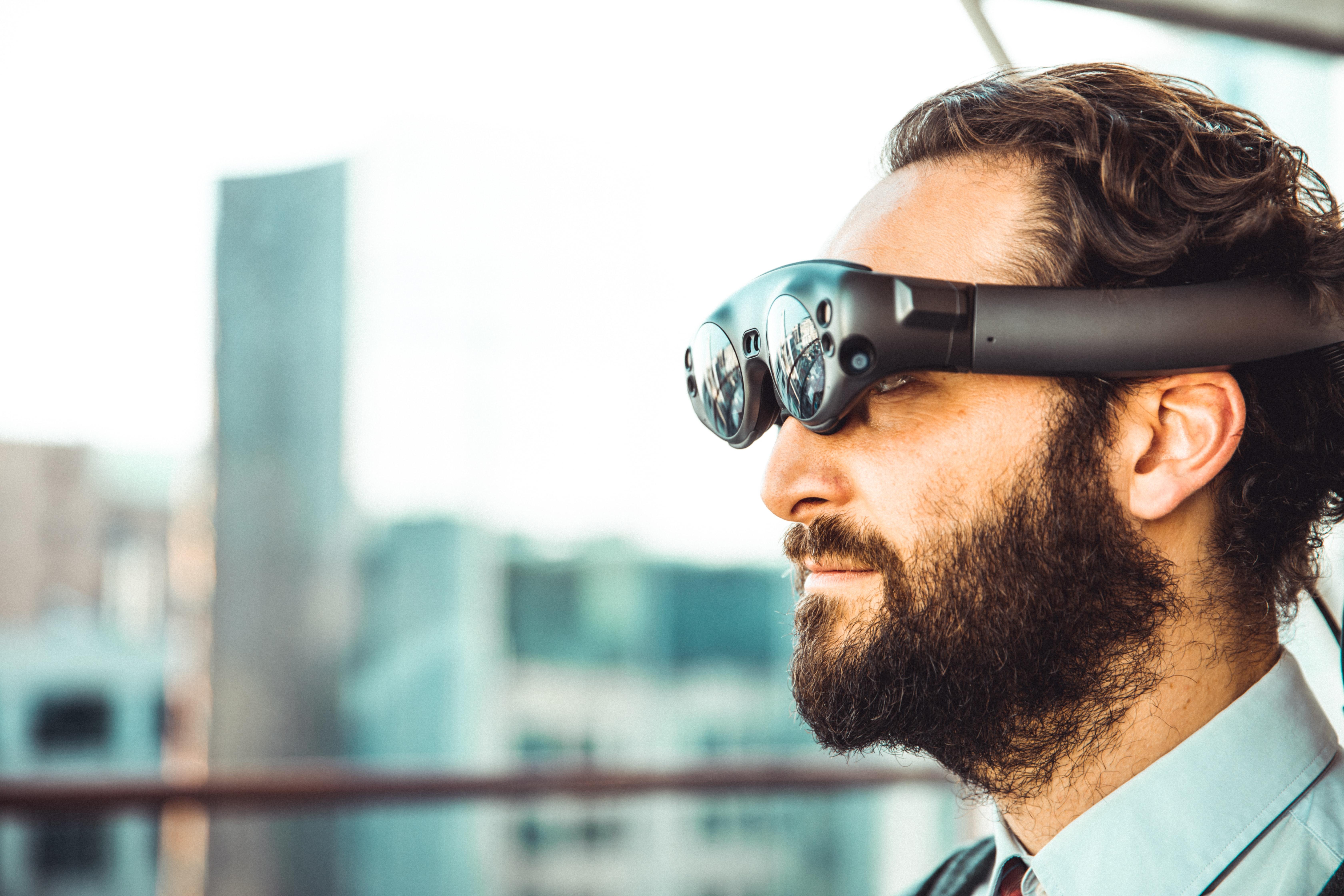By: Colette McLaughlin

It’s no secret that the spread of coronavirus has turned the marketing industry upside down. On the cusp of a traditionally busy season of conferences, mobile tours, and large-scale events like Coachella and SXSW, brands are re-evaluating their live events strategy - some turning to digitalevents with others choosing to cancel festivities altogether.
While a challenging situation, large-scale virtual events have become more sophisticated as a result of technological innovations like augmented reality and beacon technology now available to the masses. Brands can reshape their strategy using higher-quality digital tools that foster impactful customer engagement.
The Benefits of Virtual Events
Multifaceted digital-only and hybrid event experiences enable us to reach audiences well beyond the physical event realm. Digital platforms give new avenues for delivering thought leadership to audiences. They also present the unique ability to generate, repurpose and syncopate meaningful content.
With advances in technology, you can execute an entire conference virtually or to extend and enhance content and conversation, broaden the reach of face-to-face events, and provide the “connective tissue” that sustains audience engagement between events or touchpoints.
These are highly effective marketing programs that are customized based on the overall objectives and audience. The technologies highlighted below can help enhance your virtual events program.
Enhancing Video Chat with Augmented Reality
Video chat programs like Zoom and Google Hangouts are great for taking a gathering digital but can become monotonous. Embracing new technologies can improve engagement and make attendees just as excited about a virtual event as they would be a live one.
For example, augmented reality can digitally transport people to the same room, making a virtual meeting feel more “real,” which might result in higher engagement. Platforms like Spatial allow users to teleport to any room in the world using a 2-D hologram, ideal for when travel is not possible.
Creating a Next-Level Livestream
While livestreams have been around for several years, 5G improves the experience. That said, brands should treat a livestream event as if it were an in-person one, from concept to production. Investing the right platform, adding in engagement on social media, encouraging local or regional viewing parties and mailing product samples or promotions to attendees will allow consumers to engage like they would in-person.
Weaving Beacon Technology into Mobile Apps
When moving forward with a live mass gathering, beacon technology can be attached to lanyards or wristbands and connected to mobile apps, helping event producers and attendees alike understand how many people are in attendance, from check-in to the main stage, creating efficiencies where needed and minimizing overcrowding. It can also allow professionals to virtually network with their fellow attendees at an industry summit with minimal physical contact.
While sometimes businesses and brands face a moment in time that makes traditional programming challenging, marketers should view it as an opportunity to innovate.
Interested in learning more? Get in touch with us at Mosaic.com to learn more about how our team can help your brand embrace new technologies and pivot your experiential strategy.